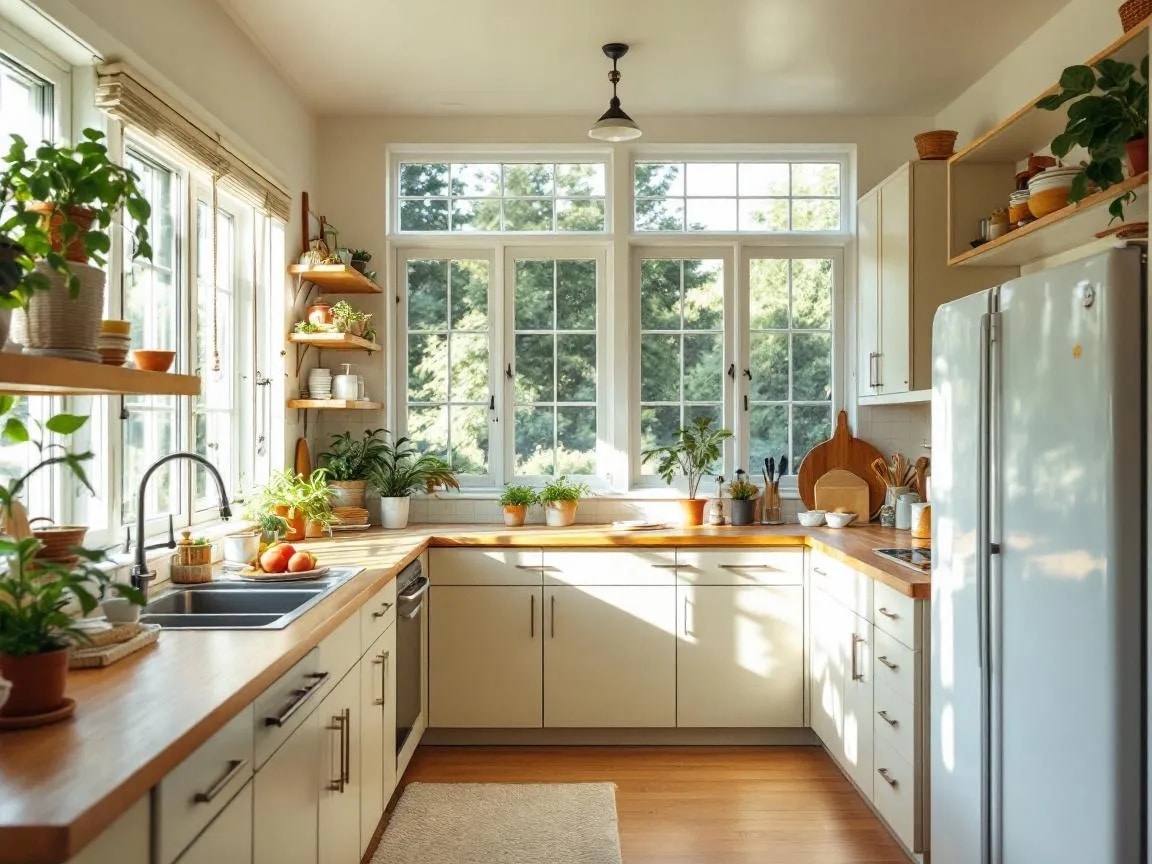The way a room is arranged influences far more than how it looks, affecting how you feel and function every day. Before reaching out to Glen Ellyn interior designers, it helps to understand how layout affects your mood and why certain spaces feel calm and inviting while others feel busy or overwhelming. Flow, sightlines, and the way natural light travels through a space all play into how your brain interprets comfort and order. When a layout aligns with how you live, the space supports your energy and reduces stress without you even realizing it.
In this article, we’ll explore the psychology of space and how your home’s layout can have a lasting impact on your emotional well-being – let’s dive in.

How does interior design affect mood?
Once you understand that layout influences energy and emotional reactions, it becomes clear why certain rooms feel instantly relaxing while others feel chaotic. Every design element introduces a psychological cue, from the amount of daylight a room receives to how furniture directs movement. Thoughtful design shapes how your mind processes the space and how your body responds to it.
The role of light in emotional well-being
Natural light is one of the strongest mood regulators in the home. Bright, open spaces encourage energy and alertness, while dim or poorly lit rooms can lead to fatigue or irritability. Designers consider how sunlight moves across a room throughout the day and position zones for working, relaxing, or socializing accordingly. Well-planned layers like ambient, task, and accent lighting can turn an ordinary room into a space that feels warm and emotionally grounded.
Color psychology: warm vs. cool tones
Color impacts emotion on a subconscious level. Cool tones like soft blues and greens can create a feeling of serenity, while warm hues such as terracotta and cream evoke comfort and sociability. The key is using color intentionally, not just because it’s trendy, but because it fits the mood of the room’s purpose. Even small accents, like textiles or decor, can shift the emotional temperature of a room.
Spatial flow and mental clarity
Cluttered layouts create mental friction. When movement from one part of the room to another feels blocked or awkward, the brain interprets the space as stressful. Clear circulation paths and well-defined zones make the home feel intuitive, anchoring the space so you instinctively know where to sit, where to work, and how to move through the space. A layout that supports natural movement helps reduce daily frustration and promotes ease.
Comfort through materials and texture
Texture affects mood on a tactile and emotional level. Soft fabrics or natural wood grains bring warmth and subtle richness, making a space feel inviting and grounded. Smooth surfaces such as metal or high-gloss finishes give a room a more polished, modern vibe. Balancing opposing textures adds depth and keeps the space from feeling flat or one-dimensional.
Proportion and scale influence stress levels
Oversized furniture in a small room can feel suffocating, while pieces that are too small leave the space feeling empty or unfinished. When proportion is balanced, your brain registers harmony. A room should feel neither overwhelming nor sparse. The right proportions allow the room to “breathe,” which translates into emotional ease.
Personalization and emotional connection
Humans are emotionally attached to meaning. A room feels better when it reflects your interests, values, and memories, not a showroom floor. Displaying art you love, travel mementos, or meaningful colors makes a space feel personal and comforting. When a room reflects your identity, it becomes a place you enjoy spending time in.
Who are the leading Glen Ellyn interior designers near me?
A well-designed home starts with understanding how a space should feel, not just how it should look. That’s why Ember & Brune takes a collaborative approach, planning layouts around the flow of daily life and emotional comfort. Using 3D visualization, clients in Glen Ellyn can walk through their future spaces before construction begins, allowing them to see how design decisions will impact movement, lighting, and overall mood.
Whether it’s integrating the growing trend of curved openings and soft archways or designing a kitchen island that becomes the true center of connection, every detail is intentional. Schedule an appointment with our design-build team today!
